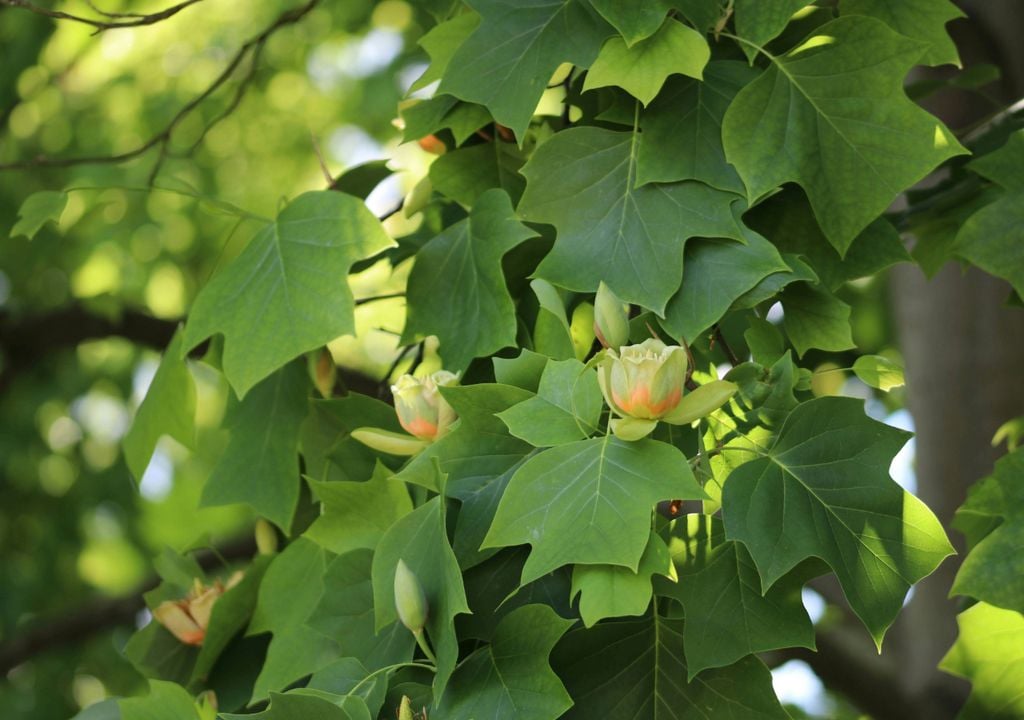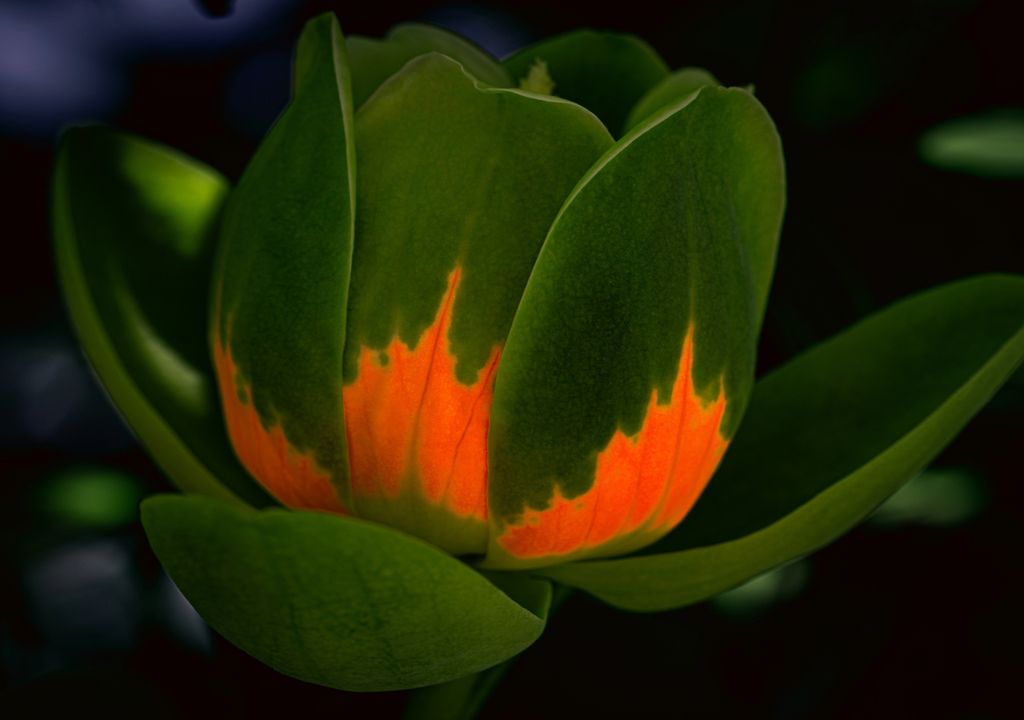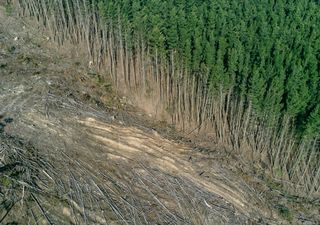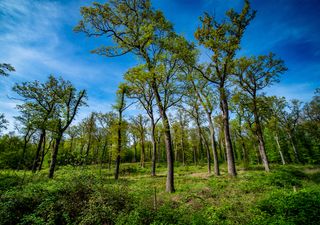Midwood: A new type of wood could hold the key to improving carbon capture
An ancient genus of tree with a unique type of wood could help solve a modern, man-made problem.

Tulip Trees consist of a completely new type of wood that is neither hardwood nor softwood. They separated from Magnolia trees when earth's atmospheric CO2 concentrations were relatively low, and can grow tall – over 30m – and fast.
This discovery could be key to improving carbon capture and storage in plantation forests where fast-growing trees typically seen in ornamental gardens could be planted, or by breeding Tulip Tree-like wood into other tree species.
Iconic species
Scientists surveyed the microscopic structure of 33 iconic tree species from the Cambridge University Botanic Garden’s Living Collections to explore how wood ultrastructure evolved across softwoods or gymnosperms such as pines and conifers, and hardwoods or angiosperms like oak, ash, and birch.
Low temperature scanning electron microscope, or cryo-SEM, allowed scientists to image and measure the size of the nanoscale architecture of secondary cell walls (wood) in their native hydrated state; it revealed Tulip Trees were neither hard nor softwood.
“We analysed some of the world’s most iconic trees like the Coast Redwood, Wollemi Pine and so-called 'living fossils' such as Amborella trichopoda, which is the sole surviving species of a family of plants that was the earliest still existing group to evolve separately from all other flowering plants,” says Dr Raymond Wightman, Microscopy Core Facility Manager at the University of Cambridge’s Sainsbury Laboratory.
“Our survey data has given us new insights into the evolutionary relationships between wood nanostructure and the cell wall composition, which differs across the lineages of angiosperm and gymnosperm plants. Angiosperm cell walls possess characteristic narrower elementary units, called macrofibrils, compared to gymnosperms.”
Ancient species
The Tulip Tree, Liriodendron tulipifera, and Chinese Tulip Tree Liriodendron chinense, are two surviving species of the ancient Liriodendron genus native to northern America, and central and southern China and Vietnam, respectively.
Both have much larger macrofibrils than their hardwood relatives. Hardwood angiosperm macrofibrils are about 15nm in diameter whilst faster growing softwood gymnosperm macrofibrils have larger 25nm macrofibrils. Tulip Trees measure somewhere in between, at 20nm.
“We show Liriodendrons have an intermediate macrofibril structure that is significantly different from the structure of either softwood or hardwood,” says Dr Jan Łyczakowski from Jagiellonian University. “Liriodendrons diverged from Magnolia Trees around 30-50 million years ago, which coincided with a rapid reduction in atmospheric CO2. This might help explain why Tulip Trees are highly effective at carbon storage.”

The team suspect it is the larger macrofibrils in this 'midwood' or 'accumulator-wood' that is behind the Tulip Trees’ rapid growth. Łyczakowski said despite its importance, little is known about how the structure of wood evolves and adapts to the external environment. “We made some key new discoveries in this survey – an entirely novel form of wood ultrastructure never observed before and a family of gymnosperms with angiosperm-like hardwood instead of the typical gymnosperm softwood.”
“Both Tulip Tree species are known to be exceptionally efficient at locking in carbon, and their enlarged macrofibril structure could be an adaptation to help them more readily capture and store larger quantities of carbon when the availability of atmospheric carbon was being reduced,” Łyczakowski adds. “Tulip Trees may end up being useful for carbon capture plantations. Some east Asian countries are already using Liriodendron plantations to efficiently lock in carbon, and we now think this might be related to its novel wood structure.”
News Reference
Lyczakowski, J L. & Wightman, R. (2024) Convergent and adaptive evolution drove change of secondary cell wall ultrastructure in extant lineages of seed plants. New Phytologist








